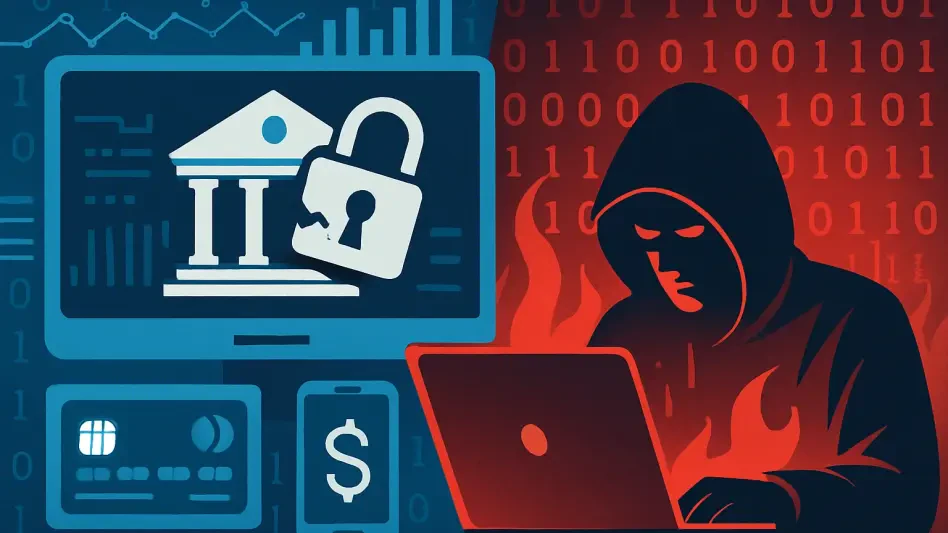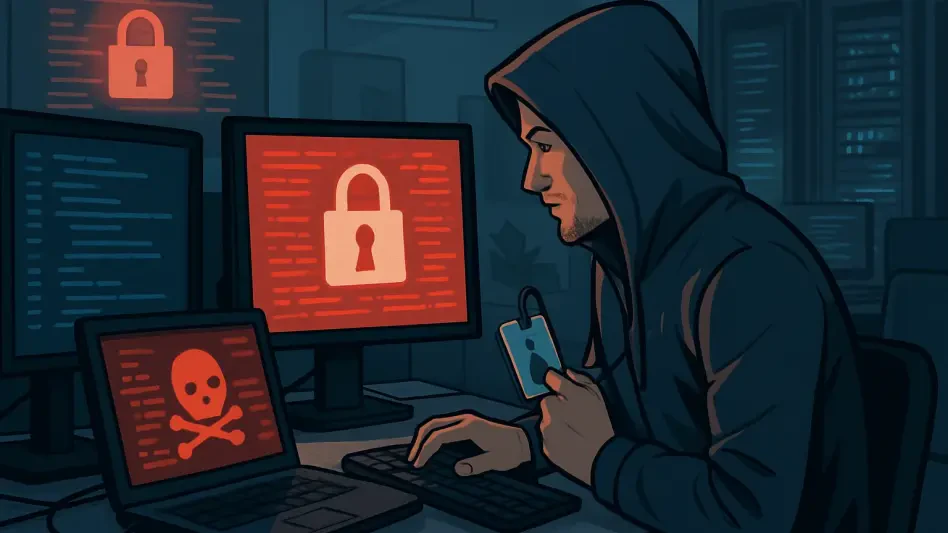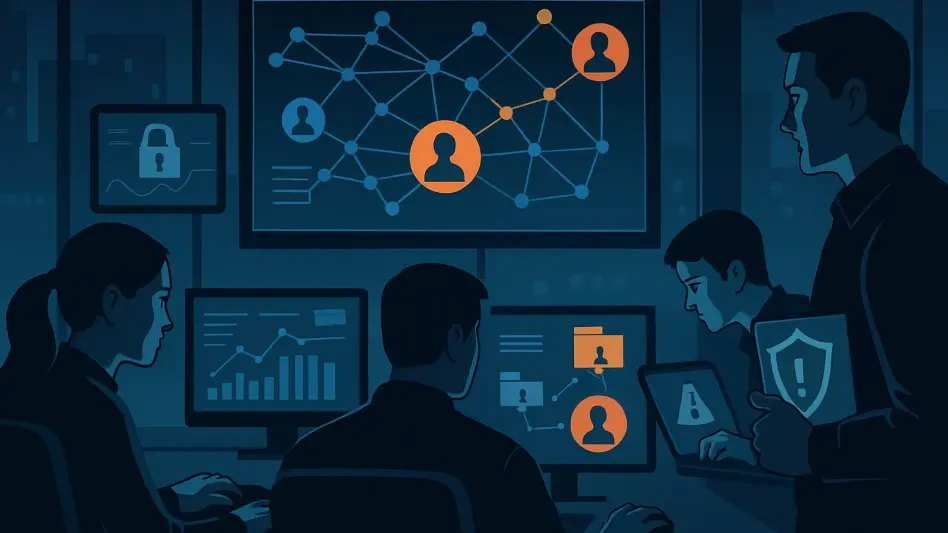As organizations around the globe grapple with a rising tide of cyber threats, internal risks such as human error and insider threats demand just as much attention as notorious external attacks. Alarmingly, a recent study revealed that 48% of organizations have encountered an uptick in insider threats in the past year alone, with a staggering 83% reporting at least one incident. While external cyber threats continuously evolve, internal vulnerabilities, whether accidental or malicious, pose significant risks to organizational security.
The Scope of Human Errors in Cybersecurity
Human error remains a leading cause of data breaches, largely due to employees falling victim to social engineering attacks like phishing. When employees unintentionally reveal credentials, adopt poor password practices, or neglect crucial security updates, they inadvertently open the door to potential breaches. The Verizon Data Breach Investigations Report 2024 reiterates that non-malicious human actions, primarily phishing-induced errors, are the top contributors to security incidents. This underlines the pressing need for enhanced awareness and comprehensive training programs tailored to employees’ vulnerabilities.
To mitigate these risks, companies must prioritize regular and robust employee training initiatives. These programs should emphasize recognizing phishing attempts, adhering to stringent password management protocols, and maintaining a strong understanding of basic data protection principles. Additionally, fostering a workplace culture that prioritizes security awareness is crucial. When employees are intimately aware of the risks and equipped with the right knowledge, they become more vigilant, serving as the first line of defense against potential breaches.
Role-based access control (RBAC) is another vital strategy to curb human error. By limiting employees’ access strictly to the data necessary for their specific roles, organizations can significantly reduce the chances of inadvertent breaches. When used in combination with comprehensive monitoring tools, RBAC ensures that any suspicious behavior is promptly detected and addressed, adding an extra layer of security. Multi-factor authentication (MFA) also fortifies defenses by requiring multiple verification steps, which significantly diminishes the risk of unauthorized access even if credentials are compromised.
Addressing Insider Threats
Unlike accidental human errors, insider threats are deliberate and executed by individuals with authorized access such as employees, contractors, or business partners. These trusted insiders can commit severe actions, ranging from stealing intellectual property to sabotaging systems or planting malware. Because these actions occur within the bounds of normal access privileges, they often evade detection and can lead to catastrophic results. The repercussions of insider threats are far-reaching, potentially causing devastating financial losses, tarnishing reputations, and eroding trust within organizations.
One of the vital components to countering insider threats lies in leveraging advanced tools like behavioral analytics and artificial intelligence (AI). These technologies continuously monitor user activities to identify unusual patterns that may signify malicious intent. For instance, an employee who suddenly accesses vast amounts of data outside typical working hours or one who downloads proprietary information without a clear business need can immediately raise red flags. Early detection enables swift intervention before significant damage occurs.
Effective incident response plans are also paramount in addressing insider threats. Such plans must be comprehensive, detailing clear procedures for recognizing, responding to, and mitigating incidents. Regularly testing and updating these plans ensure that organizations remain prepared to act quickly and efficiently when faced with an insider threat. This readiness can make the difference between a minor incident and a full-scale data breach, safeguarding both assets and trust.
The Implications and Strategies Moving Forward
As organizations worldwide contend with an increasing wave of cyber threats, internal risks like human error and insider threats require just as much focus as the well-known external attacks. A recent study highlights this concern, revealing that 48% of organizations have experienced a rise in insider threats over the past year. Even more concerning is that 83% of these organizations reported at least one incident of internal security breach. This data underscores the significant threat posed by internal vulnerabilities. While external cyber threats continue to develop in complexity and frequency, internal risks—whether through accidental actions or malicious intent—can also have severe implications for an organization’s security framework. Therefore, it is crucial for organizations to implement comprehensive security measures that address both external and internal threats. This balanced approach is necessary to safeguard sensitive information and maintain the integrity of organizational operations amidst a landscape of evolving cyber risks.







